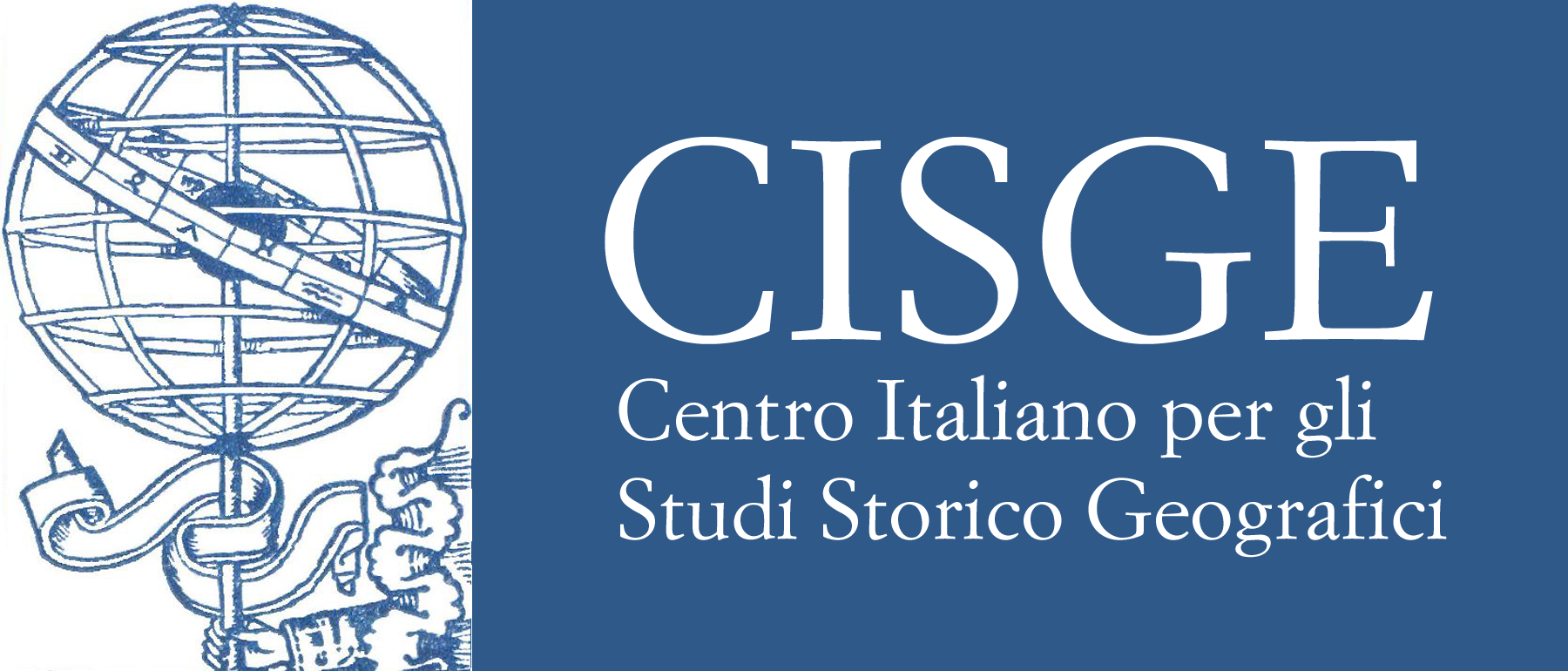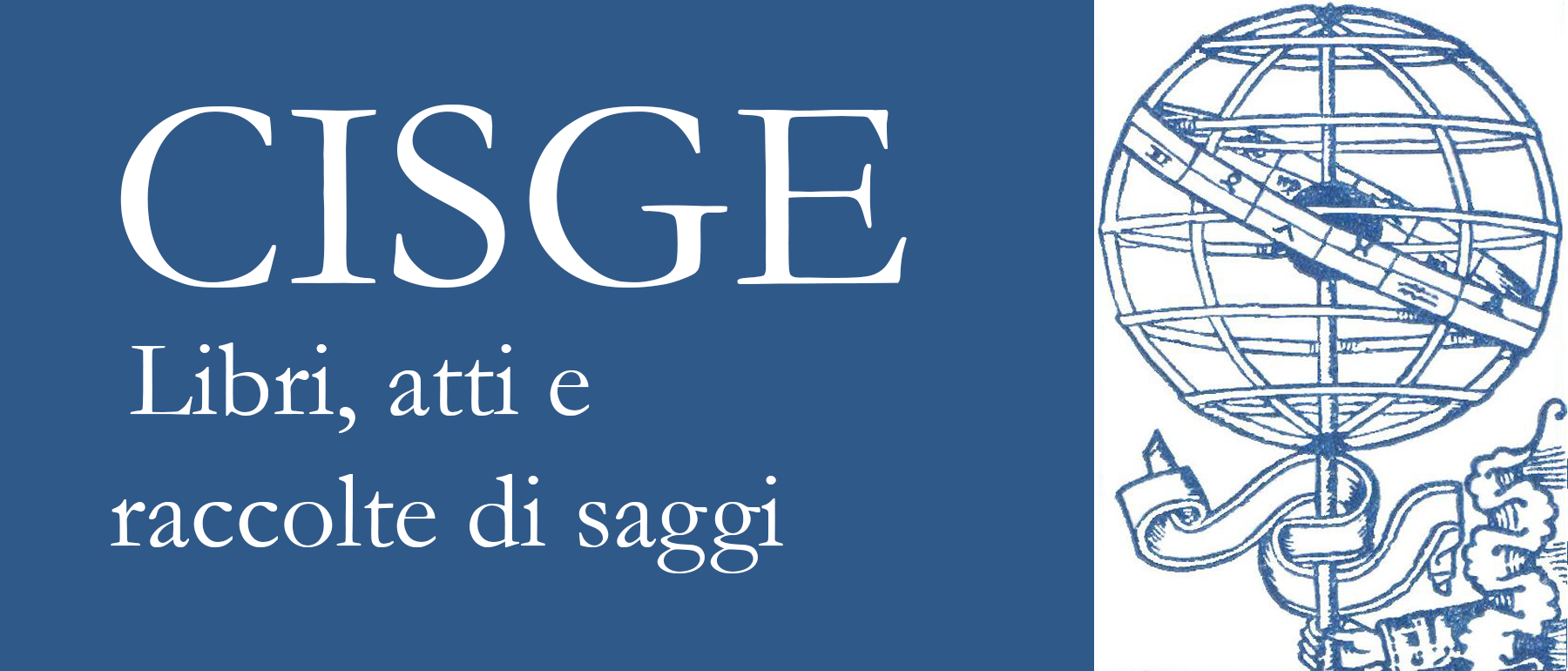Costruzione di un GIS dinamico per la visualizzazione e l’analisi della realtà urbanistico-architettonica di Roma attraverso i secoli
Abstract
Il presente lavoro nasce dall’intento di dare maggiore leggibilità e fruibilità alle piante storiche di città grazie alle nuove tecnologie informatiche. In accordo con i principi che fanno della carta storica un bene culturale da conservare in quanto testimonianza del passato, siamo convinti che conservi in sé informazioni territoriali essenziali per studi sulla realtà attuale anche a fini pianificatori. Come si può intervenire su di un territorio senza conoscerne il passato? Il progresso tecnologico del settore informatico ha notevolmente ampliato gli strumenti, le funzioni e le relative applicazioni della visualizzazione cartografica, consentendo di integrare, in questo studio, cartografia storica e Geographical Information Systems, grazie alle capacità gestionali e di rappresentazione spaziale di notevoli quantità di dati consentite dai GIS. Gli elementi più importanti che si interfacciano con la visualizzazione cartografica sono l’interattività e l’animazione. In molti lavori vengono posti in rilievo i vantaggi e la flessibilità dell’animazione cartografica per molteplici applicazioni sull’espansione urbana; in tal senso ci siamo posti di fronte ad un tentativo di ricostruzione dinamica della crescita urbanistica del centro storico di Roma alla ricerca di possibili relazioni spaziali con le realtà storiche e socio-economiche contemporanee.
The present work starts from the intent to give life to a new function of the historical cartography: through the new methods of informatic theory it wants to become the plans of city more available and legible. According to the principles that make some historical paper a cultural wealth of the historic period preserving it as a cultural patrimony, we are even convinced that it is also a patrimony that preserves in itself, through which it is possible to have access to precious territorial information data. There is no present and so much less a future without the study of the past. These iconographic and cartographic documents are useful for detailed studies of great contemporary interest as the new laws on the landscape, for instance, impose. How could we act today on a territory without knowledge of its past? The cities’ also plans result interesting and essential for the study of the urban fabric because they have not only a historical value, but they preserve further numerous informative inputs from which to depart for realising a project of any type that could be complete. The technological progress of the informatic sector has notably expanded the tools, the functions and the relative applications of the cartographic visualisation. Especially in these last years, the interest has turned to the aspects which have thanks to emerge from the managerial competency and the spatial representation of notable quantities of data allowed by the Geographic Information Systems. Similarly to other works that have underlined the advantages and the flexibility of the cartographic animation for a lot of applications in urban expansion, a further attempt at dynamic reconstruction of urbanistic growth of the historical centre in Rome, has been developed for searching for possible spatial relationships with the social-economic history of contemporary realities.



